When choosing a Central Vacuum Systems for your home, several key features can significantly enhance its performance, convenience, and overall value. Here are the top features to look for when selecting a central vacuum system:
1. Suction Power
- Air Watts: Look for systems with higher Air Watts (AW) ratings, which indicate stronger suction power. Higher AW ratings typically result in more effective cleaning, especially for carpets and large debris.
2. Filtration System
- HEPA Filtration: Opt for systems equipped with HEPA filters if you have allergies or pets. HEPA filters capture and retain fine particles such as dust, allergens, and pet dander, improving indoor air quality significantly.
- Bagged vs. Bagless: Consider whether you prefer a bagged or bagless system. Bagged systems tend to be cleaner and easier to empty without releasing dust, while bagless systems offer convenience but may require more frequent filter cleaning.
3. Noise Level
- Quiet Operation: Look for Central Vacuum Systems with sound insulation or quiet motor designs if noise is a concern. Quieter operation ensures minimal disruption during cleaning and reduces stress for household members and pets.
4. Durability and Build Quality
- Materials: Choose systems made from durable materials such as metal components for longevity and reliable performance.
- Warranty: Check the warranty coverage for the central vacuum system, including the motor, power unit, and accessories. A longer warranty period often reflects the manufacturer’s confidence in the product’s durability.
5. Ease of Maintenance
- Dirt Canister Size: Larger dirt canisters require less frequent emptying, reducing maintenance tasks.
- Filter Maintenance: Consider systems with easy-to-access filters and clear maintenance instructions to ensure efficient operation over time.
6. Convenience Features
- Automatic Dustpan: Some models offer an automatic dustpan feature that allows you to sweep debris directly into a floor-level inlet, making cleaning more convenient.
- Remote Control Options: Look for systems with remote control capabilities for adjusting suction power or activating the system from different areas of your home.
7. Installation Flexibility
- DIY vs. Professional Installation: Determine whether the system is designed for DIY installation or if professional installation is recommended. Clear installation instructions and compatibility with your home’s layout are crucial considerations.
8. Compatibility with Accessories
- Hose Length and Attachments: Ensure the system includes a hose with sufficient length to reach all areas of your home comfortably. Look for a variety of attachments (e.g., power nozzle, brushes, crevice tools) to suit different cleaning needs and surface types.
9. Energy Efficiency
- Energy Consumption: Choose energy-efficient models that minimize electricity usage while maintaining powerful suction. This not only saves on energy costs but also reduces environmental impact.
10. Brand Reputation
- Research Brands: Consider reputable brands known for quality construction, reliability, and customer support. Reviews and recommendations from other homeowners can provide insights into the performance and longevity of different models.
By evaluating these features and prioritizing your specific cleaning needs and preferences, you can select a central vacuum system that enhances cleaning efficiency, improves indoor air quality, and integrates seamlessly into your home environment.
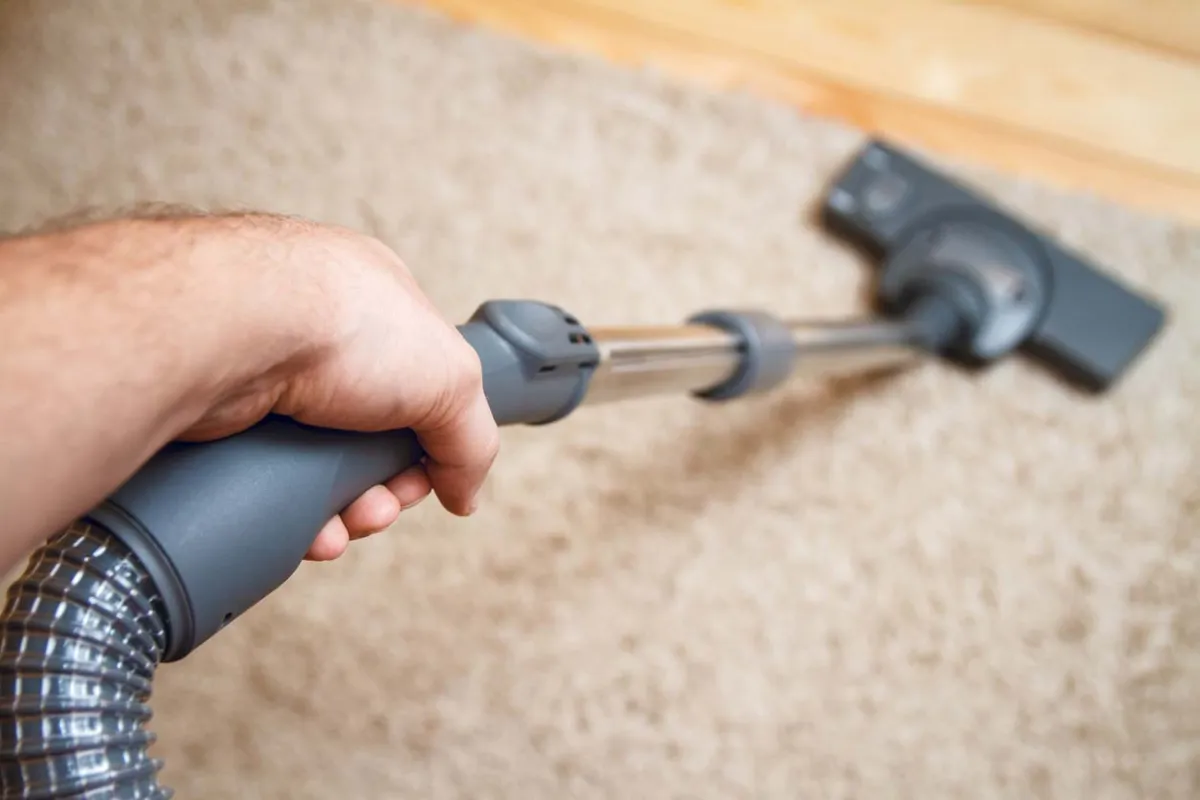


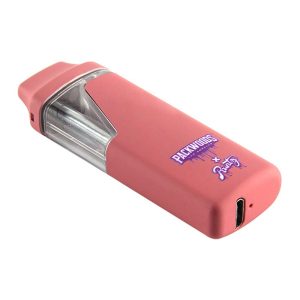

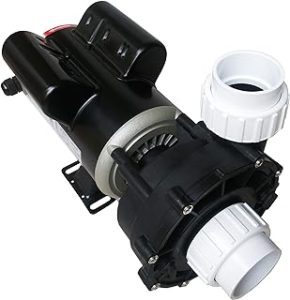


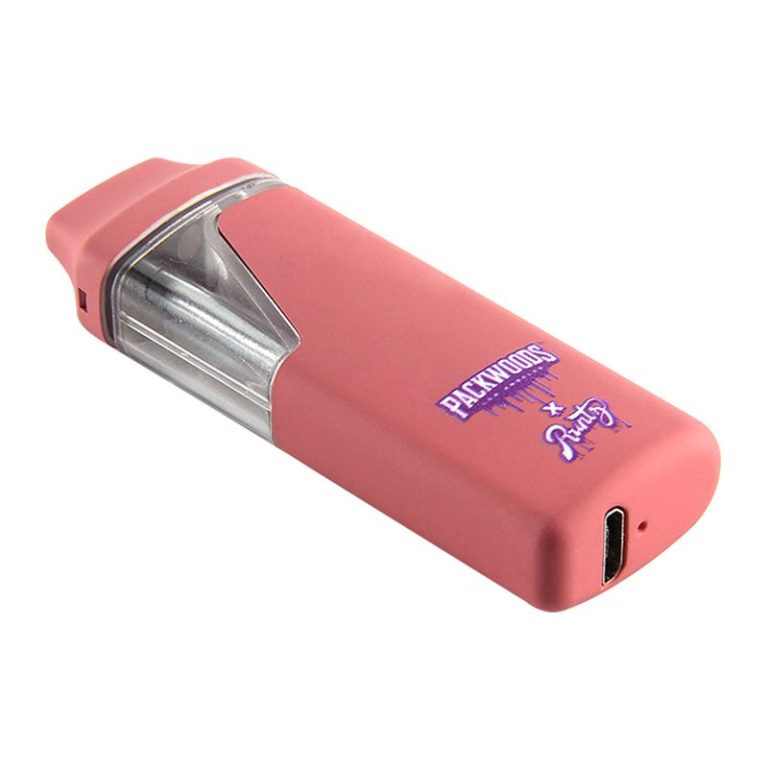


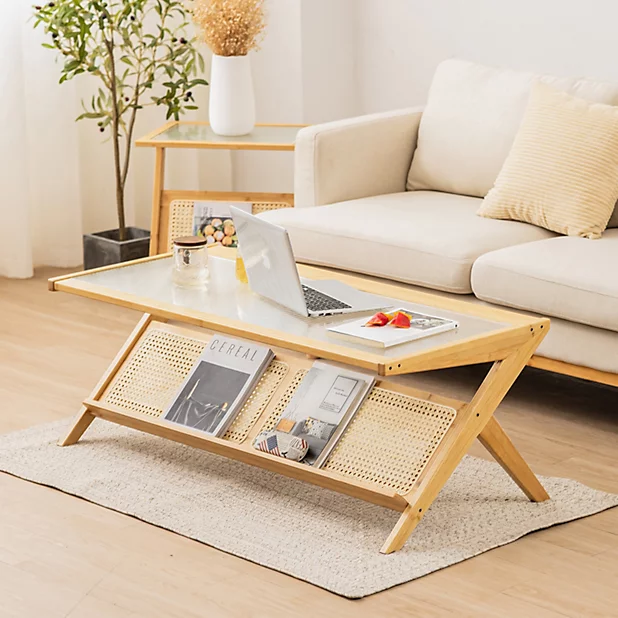

+ There are no comments
Add yours